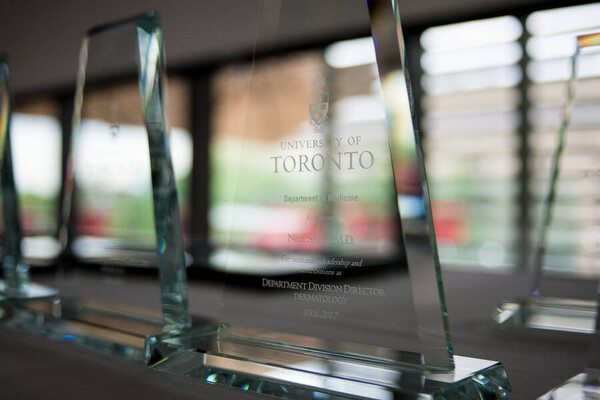Main Second Level Navigation
- Welcome
- Why Toronto?
- History of the Department
- Vision & Strategic Priorities
- Our Leadership
- Our Support Staff
- Location & Contact
- Departmental Committees
- Department of Medicine Prizes & Awards
- Department of Medicine Resident Awards
- Department of Medicine: Self-Study Report (2013 - 2018)
- Department of Medicine: Self-Study Report (2018 - 2023)
- Communication Resources
- News
- Events
The Legacy of Toronto's Physiatry Pioneers: A Return to Humane Medicine
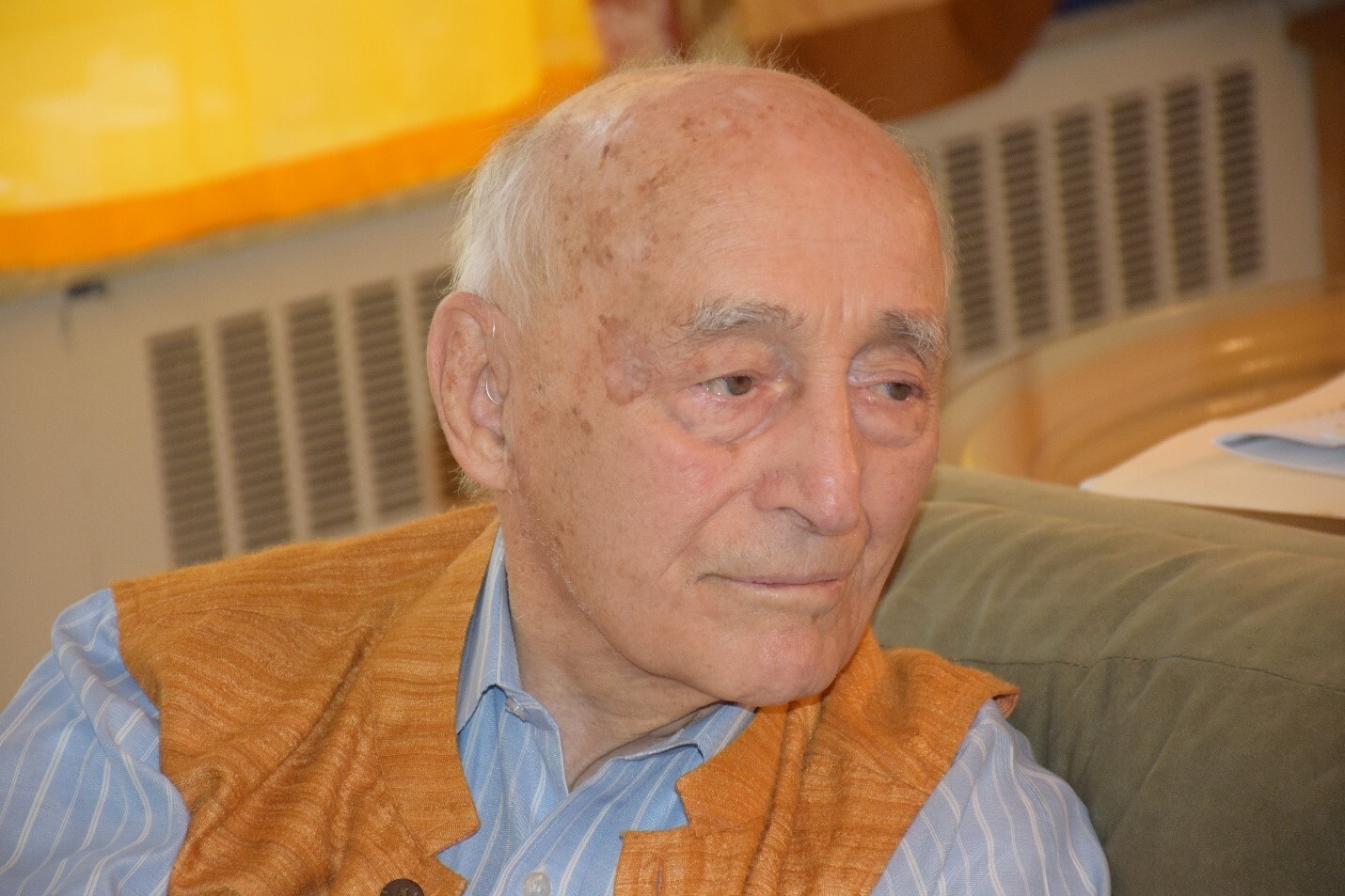
Iris Kulbatski, PhD
The practice of medicine across specialties has evolved to incorporate advances in medical science and technology. With an increase in diagnostic and therapeutic capacity, patient care has become increasingly effective and streamlined. Improvements in technical competence, however, have resulted in a biologized perception of the patient, oftentimes eroding humanized aspects of medical practice, such as empathy.
The Division of Physical Medicine and Rehabilitation (PM&R) at the University of Toronto has a long history of innovation and growth, the foundations of which were forged by a brilliant and dedicated team of physicians, some of whom are still alive to share their stories. I had the distinct pleasure of spending some time with three such individuals, who shared with me their insights into the practice, evolution and future of PM&R. Collectively, their legacy highlights the re-humanization of the study and practice of PM&R, underscoring a commitment to caring for the patient and curing disease by combining the art of patient care with the science of diagnosis and treatment.
Dr. Charles Godfrey
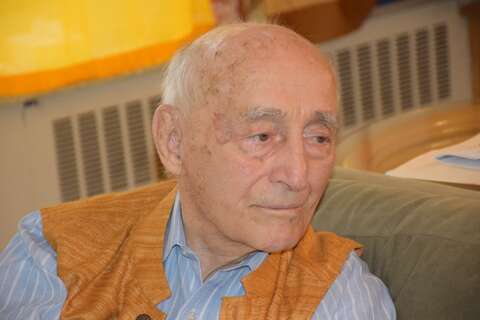
His philosophy on patient care, which has changed very little over this time, favours a humanistic approach to the patient rather than a rigid focus on the disease or disorder. Admittedly old-fashioned, Dr. Godfrey emphasizes that “bedside manner” is a quaint concept, with very little opportunity for today’s trainees to gain theoretical or practical knowledge in the art of this aspect of patient care. He believes that the practice of medicine should not be separate from the “practice of you and me.” Dr. Godfrey explains that this encompasses “getting along, knowing what people are aside from what their blood tests say. They have reduced a good deal of what you have to know about medicine, because a great deal of it has become automatic. You order a panel of blood tests and that comes back and tells you what’s wrong. There’s much less personal involvement.” He adds that “you could call it bedside manner but I don’t think there’s a bedside manner anymore, you don’t get to the bedside.”
Reflecting on the areas of practice that need improvement, Dr. Godfrey unequivocally states, “spend more time with your patients...medicine has to reexamine itself…take a personal interest in patients…pay more attention to the patient. Elevate the quality of medical care alongside the quality of social care.” Dr. Godfrey pensively adds, “the major regret I have - I didn’t get to know my teachers. Because in retrospect, there were some fantastic fellows who were teachers and I didn’t get to know them because I was so interested in the books, in the learning, that sort of thing…and I lost that.” Dr. Godfrey’s enduring interest in people and his patients underscores a love for medicine that transcends technological or generational gaps.
Dr. Douglas Biggar
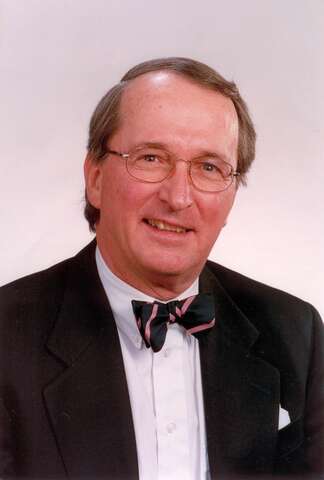
As a clinician scientist specializing in pediatrics, he provides a unique perspective on the development of PM&R. During his early years of practice and research in Toronto, he describes the Department of PM&R as consisting primarily of individuals who were in private practice, without a strong focus on rehabilitation within the department itself, particularly at the Hospital for Sick Children. Dr. Biggar describes that there wasn’t a strong interest for PM&R input there “except for a couple of attempts to have someone on staff at Sick Kids with a Physiatry background.” As a result, he explains that he and his colleagues became the interface between PM&R and Pediatrics. However, with the new leadership more recently, Dr. Biggar praises the subsequent “huge growth and flourishing.” In fact, when asked what he believes to be the most important advancement in the field in Toronto, Dr. Biggar states, “the new leadership, without a doubt.” When asked what areas of PM&R practice he believes may still benefit from improvement, he adds, “how it’s taught, rather than practiced.” He believes that training the next generation of PM&R physicians requires vision and an unrelenting desire to never stop learning. “In order to be an effective teacher you have to be a student. Never stop asking questions. Listen well. Listen carefully.”
Dr. Biggar commends the ongoing innovations in pediatric PM&R, including the fields of autism spectrum disorders, acquired brain injury, cancer treatment, concussions and other brain disorders, and the partnering of pediatric medicine with rehabilitation engineering. Despite advancements and progress in the field, Dr. Biggar believes there is a particular onus on the practice of PM&R to “convince people that what we do makes a difference.” He concedes that measuring expertise outcome and change is difficult, but “is still something that is not complete in terms of its development.”
Before his retirement, the Biggar Endowment was established to honour Dr. Biggar’s legacy to children with disabilities. Praised for his exemplar bedside manner and caring, compassionate method of patient care, Dr. Biggar’s approach to the practice of PM&R has been described as a calling, rather than a job. These days, Dr. Biggar spends his time as a beekeeper and community volunteer, driving cancer patients to and from Princess Margaret Cancer Center for treatment. Dr. Biggar continues to actualize his philosophy of humane medicine in his ongoing service of others, and to question and learn from all who cross his path.
Dr. Jose Jimenez
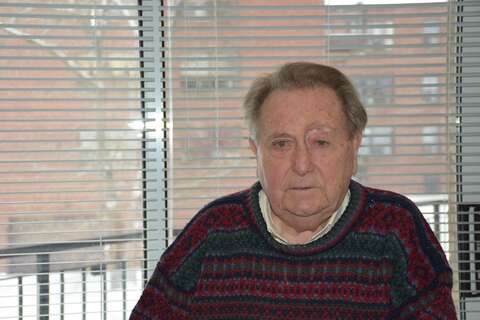
An exception at the time, Dr. Jimenez trained specifically in PM&R and was one of the founding members of the department. He describes that “breaking into the field was not a bed of roses,” given that hospitals were not built for the practice of rehabilitation and relevant services were not always available. Moreover, physiatrists were not well recognized as medical professionals in the early seventies, with a diversity of opinions regarding whether rehabilitation professionals were “real physicians.” Dr. Jimenez recounts that it “took time to realize specialists in rehabilitation as real physicians who could give patients something that other specialists could not.” Dr. Jimenez adds that the development of PM&R as a regulated profession in Canada was a “long and difficult way but has improved.”
Insofar as training and education is concerned, Dr. Jimenez recalls that “training in North America was much better than Europe at that time. The interaction between residents and attendants was tremendous, but there were no teachers. Some of the recent graduates had to become teachers, since there were not enough personnel to teach in Toronto from the beginning.” When he joined, there was no formal trainee program, but when he retired eleven years ago, he left behind a well-established program with a residents’ committee in each department and hospital, a system that was “much more sophisticated and efficient.”
At the age of 93, Dr. Jimenez has a treasure trove of experience navigating the political and professional landscape of an emerging profession, having been closely involved in the development of the administrative, educational and clinical aspects of PM&R. Nevertheless, he holds firm to his guiding belief in the practice of humane medicine. His message to the current generation of trainees is to “be more human…spend some time talking”. Dr. Jimenez adds that despite vast improvements in technology over the years, the practice of medicine has “lost all humanity…has become cold…time is very expensive now, nobody want to spend time with a patient. They just want to order the tests.” Reflecting on his colleagues, Dr. Jimenez says, “we come from a different generation. We were very careful to be human, to be nice to the patients. That was part of the training, the emotional component. Nobody’s perfect, I’m sure many times I made errors myself - I was a little bit abrupt - but my intention was not to be abrupt.”
---
Although patient-centered care is not a novel concept in the current landscape of medical practice, it is driven primarily by an expressed need from patients and their families for more inclusive, compassionate care. A call for a renewed empathetic, humanized approach to medical education and practice, from a generation of medical professionals who pioneered the field, epitomizes the ethical values that bridge the past and future of PM&R. Drs. Jimenez, Biggar and Godfrey remind us that the practice of PM&R is not just a science, but includes the therapeutic art of patient care, which itself is based on a deep thoughtfulness and interest towards all aspects of the human condition.

